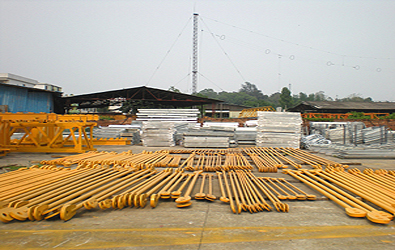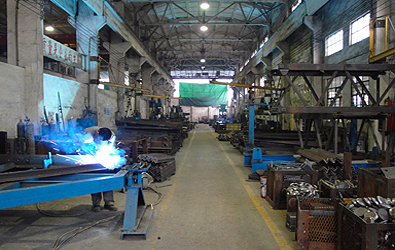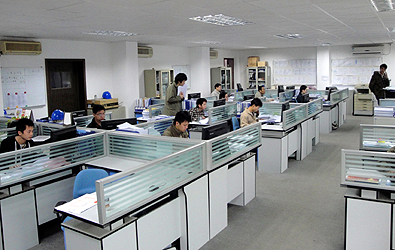Introduction
It’s incredible to see all the various types of heavy equipment and tools being used on a construction site. A crane with its boom or mast up in the air bearing or raising a load is frequently the first thing you encounter. If you are new to the market or a seasoned pro, there’s a fair chance you had come across crane equipment you had never seen before or used a crane word you have never heard before.
Different types of cranes are used in construction, depending on the form of operation. When considering crane installation, it is necessary to understand the different types of cranes, one of which is a level luffing crane.
What is a Level Luffing Crane?
A level-luffing crane has a hook that stays at the same level when luffing; the Crane jib is moved up and down to drive the hook inwards and outwards relative to the base. When the careful movement of a load near ground level is necessary, such as in construction or shipbuilding, level-luffing is critical. A luffing tower crane is suitable for construction projects with limited space on either part of the site and the need for safety.
The way a level luffing tower crane functions is peculiar. To pass the load, the pivots of its horse-head jib join together and then flex up and in, or down and out. When the crane luffs, it swings horizontally rather than vertically to hold the hook at the same position.
Advantages of level luffing crane.
When should consider level luffing crane installation because of the advantages that it offers:
- Luffing cranes (crane installation) have helped solve many inner-city construction issues when it comes to the battle for valuable space in and around a construction site. The jib can be lifted standing vertical in the air at a minimum of 5m radius from the mass section thanks to the luffing crane’s design. The flat-top crane, on the other hand, must be held parallel to the project and at the pre-determined defined radius of the jib.
- This has resolved many problems for projects in cities worldwide where obtaining oversailing rights is either impossible or extremely difficult. If the loads being carried by the crane must be brought over the top of a neighbouring building that is public, government, or has a large population of the general public, such as public transportation stations, these rights are generally not granted. The luffing crane installation keeps the jib and the load within the construction site’s limits at all times, ensuring the public’s safety.
- Using luffing-jib cranes as auxiliary cranes to primary tower cranes will increase material handling cycles on the job site, minimising construction time.
- Local regulations in some areas necessitate the use of luffing-jib cranes installation. For example, cranes cannot fly over surrounding spaces while operating on a Jobsite in London. Luffing jib crane installation are in high demand because they can lift the jib from horizontal to complete vertical position.
Features of a level luffing crane
Productivity
For worksite productivity and cost savings, intelligent, modular designs for fast cycle times with easier erection, disassembly, and transportation of the level luffing crane are available.
Safety
With a built-in encoder for Overspeed safety and a load measurement device for high hoisting speeds while working with a light load and an empty hook.
Low-maintenance
Low-maintenance architecture with modern safety features, including the ability to add anti-collision and zoning systems and CCTV cameras.
Operator cabs
Operator cabs that are comfortable and simple to use, with climate controls, flexible seating, and easy-to-read display screens. In addition, step-less motor operation of the trolley and hoist is available in these cabs, allowing the load to creep more slowly.
Quality Parts
Genuine, premium-quality parts that have been proven to be high-quality and long-lasting for continuous heavy use in any form of a working environment.






